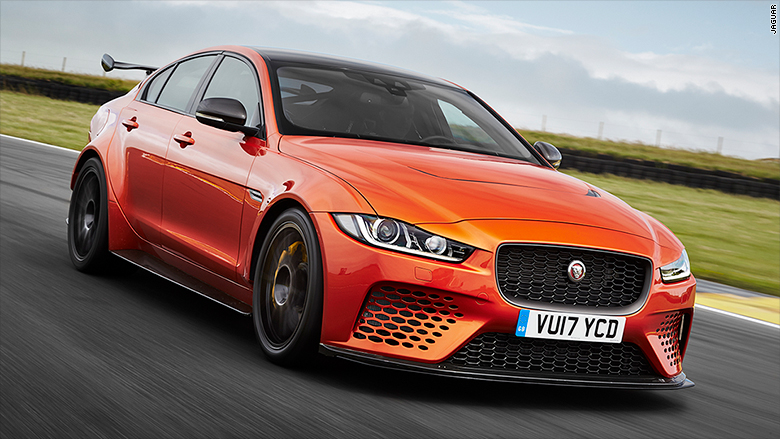Most people are unaware of how the UK number plate system works. To them, their number plate is something they get from the government that identifies their car. In response to the thousands of question we get about this system, we thought, it may be time to finally address the issue – brought to you by PlateMan, UK’s leader in custom show plates:( https://www.theplateman.net/custom-show-plates/)
The current system that we have in Great Britain (Including England, Scotland and Wales) was first introduced in September 2001. There has been no indication that this system will change even after Brexit although the EU badge may be removed. In an effort to keep this article short, we don’t see the need to address past numbering systems, mostly because they are not in use and are this irrelevant to today’s driver.
The key point to take away from the current system is that the number plate is arranged in the format; two letters, two numbers and finally three letters.
What the First Two Letters Mean
The first two letters are basically an area code and they refer to the DVLA office where the car was first registered, although it somehow feels important to point it that the DVLA closed all its physical offices in 2013, choosing to conduct all operations online. This hasn’t changed the area code reference since the DVLA has continued to allocate registration numbers based on the location of the dealers. This means that if you buy a car from a dealer in London, your number plate will start with “L” followed by another letter although “I, Q and Z” are often excluded since they could be confused with other numbers or letters.
What the Numbers Mean
The two numbers are an age identifier, telling us at which six-month period the vehicle was registered. This is quite possibly the most confusing part of the process although it helps if you now that the numbers change every 6 months, in March and September. Cars registered in March – August of 2019 will have the number 19 as the identifier.
Cars registered between September and February are a little bit more complicated. The number on the plate equals the year plus 50. In this case it would be 19+ 50 which is 69.
What the Last Three Letters Mean
The final three letters on your number plate are completely random. The DVLA will usually allocate dealerships batches of registration numbers and the last three letters are representative of the batches your dealer had at the time of purchase. If a dealer runs out of a batch, they are allocated another, so you may argue that the letters are not so random after all.
Even here there are some letters that can’t be used, such as “I” and “Q” which may resemble some letters or numbers. Every year the DVLA will also withhold combinations that are considered offensive. It is expected that the current system will run until February 2015, since the number code would be 00.


